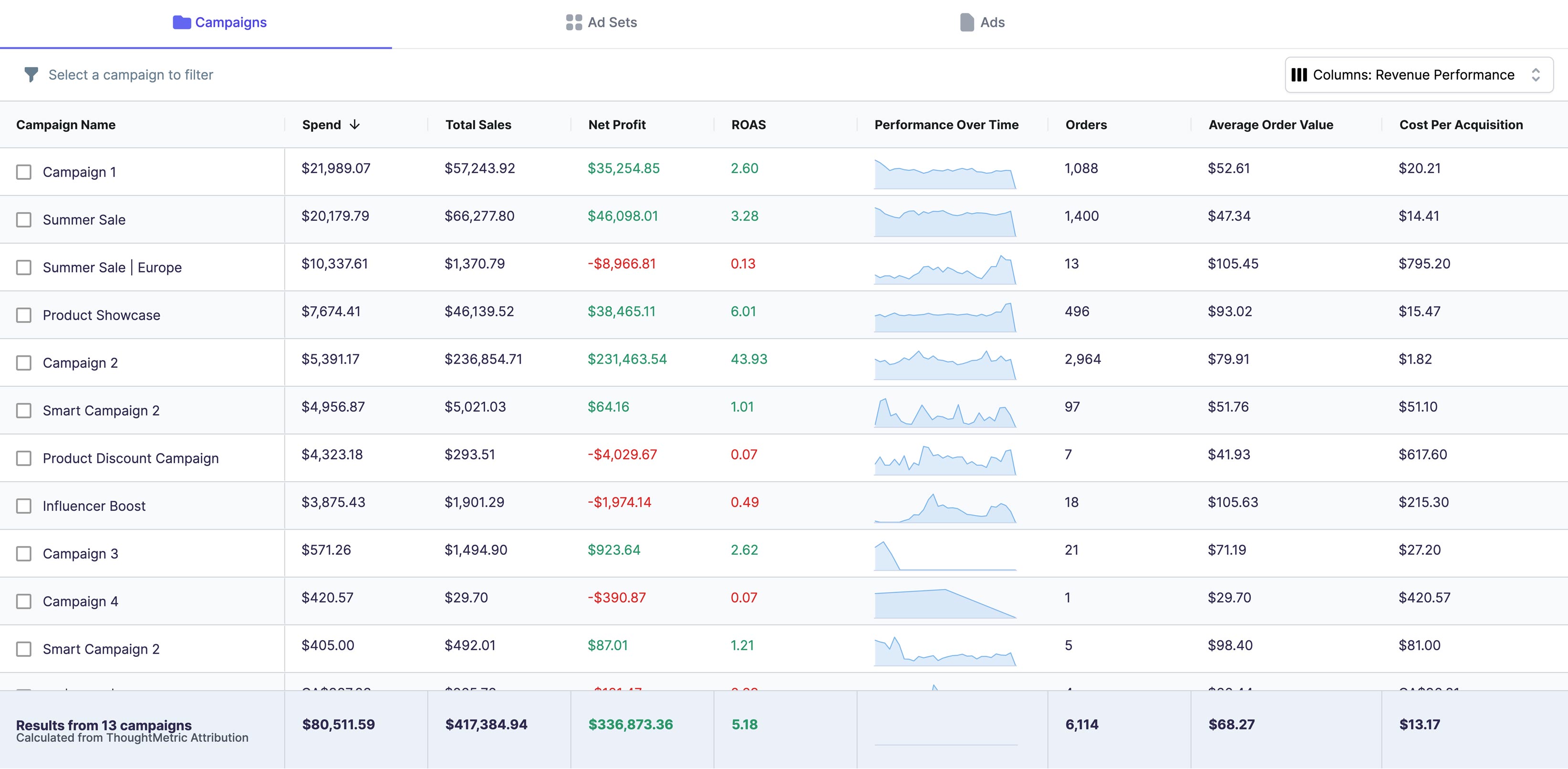Understanding Lifetime Value (LTV) and Its Importance
What is Lifetime Value (LTV)?
For example, let's say you run an online store that sells clothing. If a customer buys a shirt for $20, and you know that the average customer buys from you three times a year, and that the average customer stays with you for three years, then that customer's LTV would be $180. This means that you can spend up to $180 to acquire this customer and still break even.
Why is LTV Important for Your Business?
Second, by focusing on LTV instead of just customer acquisition, you can prioritize customer retention efforts. It costs much less to retain an existing customer than to acquire a new one, making your marketing budget go much farther when you're focused on customer retention.
Third, understanding LTV can help you identify your most valuable customers. By identifying these customers, you can tailor your marketing efforts to them, providing them with personalized content and offers that will keep them engaged and coming back for more. This can help increase their LTV even further, as they become loyal customers who make repeat purchases.
Finally, LTV can help you make better decisions about your business's growth. By understanding the lifetime value of your customers, you can make more informed decisions about when and how to scale your business. This can help you avoid overextending yourself and ensure that you're growing in a sustainable and profitable way.
Overall, understanding LTV is crucial for any business looking to maximize its profitability over time. By taking the time to calculate and analyze LTV, you can make more informed decisions about your marketing, pricing, and customer retention strategies, ultimately leading to a more successful and profitable business.
Setting Up Facebook Ads Manager for LTV Calculation
Creating a Custom Audience
Next, you'll need to upload a customer file that includes a list of your customers' email addresses or phone numbers. You can do this in either a CSV or TXT format. Once the file is uploaded, Facebook will match the data with existing Facebook profiles to create a custom audience that includes all of your customers.
Adding LTV Column in Ads Manager
To add the LTV column, go to your Ads Manager dashboard and click on the "Columns" dropdown menu. Select "Customize Columns" and scroll down to the "Lifetime Value" section. Here you can select the LTV columns you want to add to your dashboard.
Gathering Data for LTV Calculation
Identifying Key Metrics for LTV Calculation
The average order value (AOV) is the average amount of money each customer spends per transaction. Purchase frequency is the average number of times a customer makes a purchase from your business in a given period of time. Customer lifespan is the average length of time a customer continues to do business with your company.
Exporting Data from Facebook Ads Manager
Once you've exported the data, you'll need to analyze it and calculate the LTV for each customer in your custom audience.
Calculating Lifetime Value (LTV)
Step-by-Step LTV Calculation
The second step is to estimate the purchase frequency of each customer. Divide the total number of orders by the number of unique customers to find the purchase frequency.
The final step is to estimate the customer's lifespan, or the length of time they remain a customer.
To calculate LTV, multiply the average order value, purchase frequency, and customer lifespan together. This will give you an estimated lifetime value for each customer in your custom audience.
Analyzing LTV Results
Use this information to optimize your advertising efforts to target high-LTV customers and improve retention strategies for low-LTV customers.
Using LTV to Optimize Your Facebook Ad Campaigns
Targeting High-LTV Customers
Adjusting Ad Spend Based on LTV
Now that you know how to calculate lifetime value in Facebook Ads Manager, start using this metric to optimize your advertising efforts and maximize profitability.





